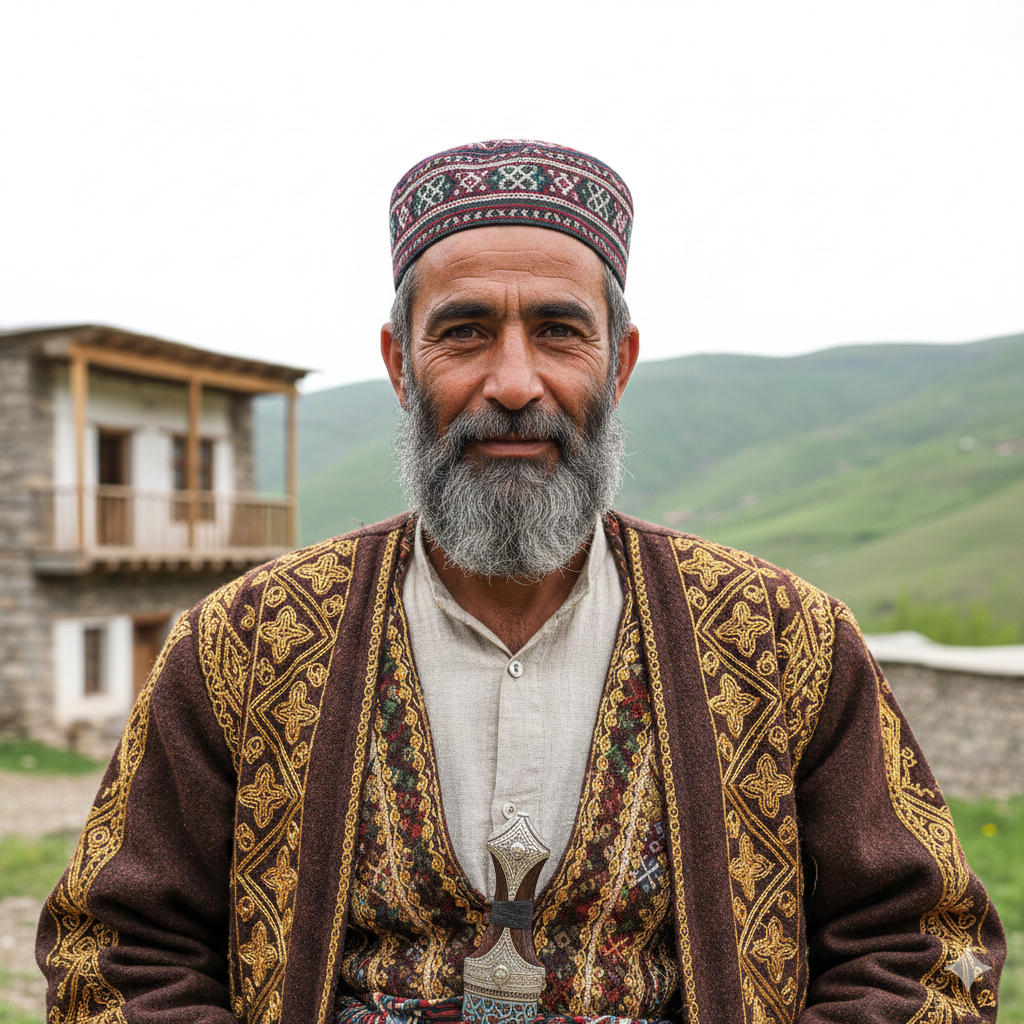PEOPLE GROUP PROFILE
The Northern Tati of Iran

Fast Facts:
Dig Deeper (Religion):
Dig Deeper (Language):
Media Resources in Karingani:
Films:
No entries found for: Karingani(kgn). Help build some!
Provided by the Jesus Film Project
Pray specifically for the Northern Tati of Iran
The grass withers, the flower fades, but the word of our God will stand forever.
Lead me in your truth and teach me, for you are the God of my salvation; for you I wait all the day long.
So you also must consider yourselves dead to sin and alive to God in Christ Jesus.
Beloved, I pray that all may go well with you and that you may be in good health, as it goes well with your soul.
